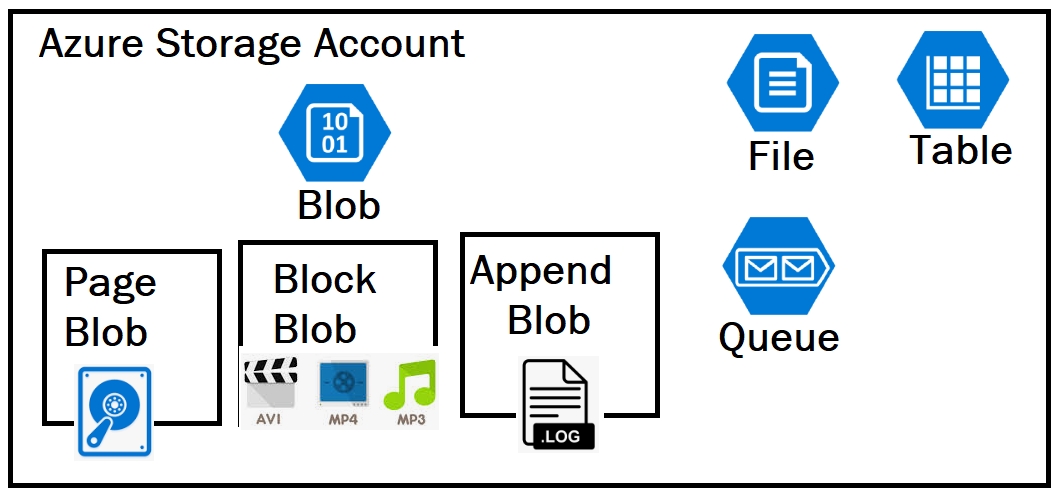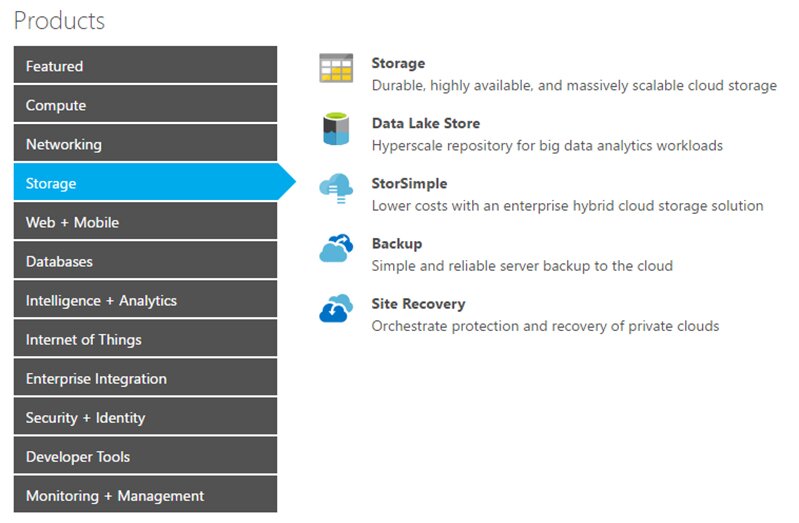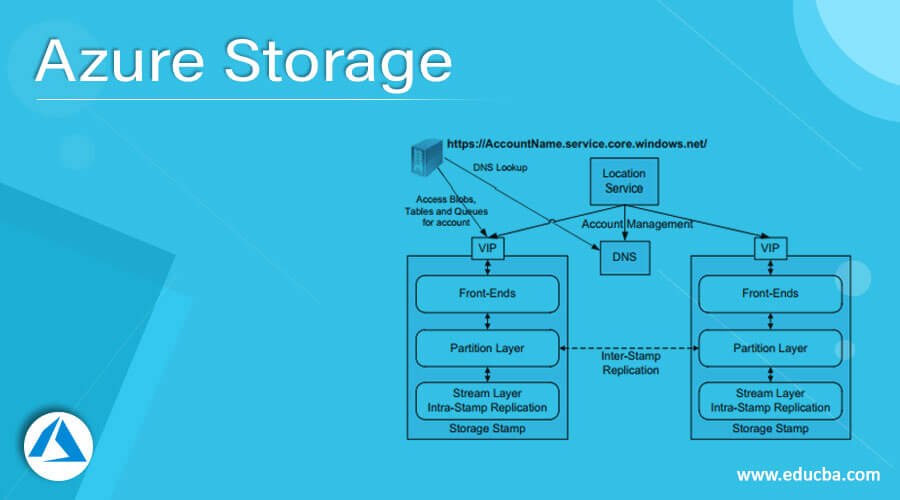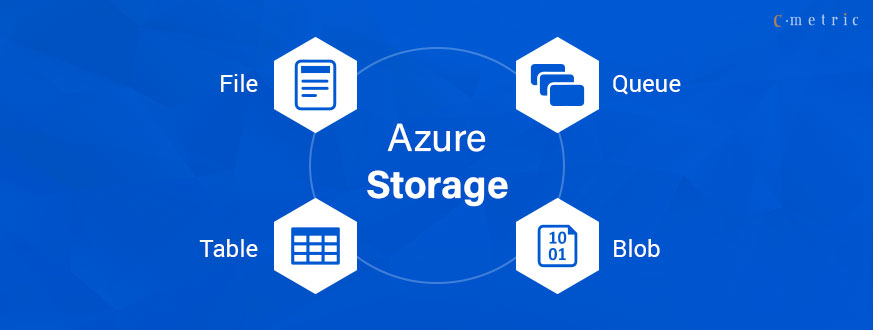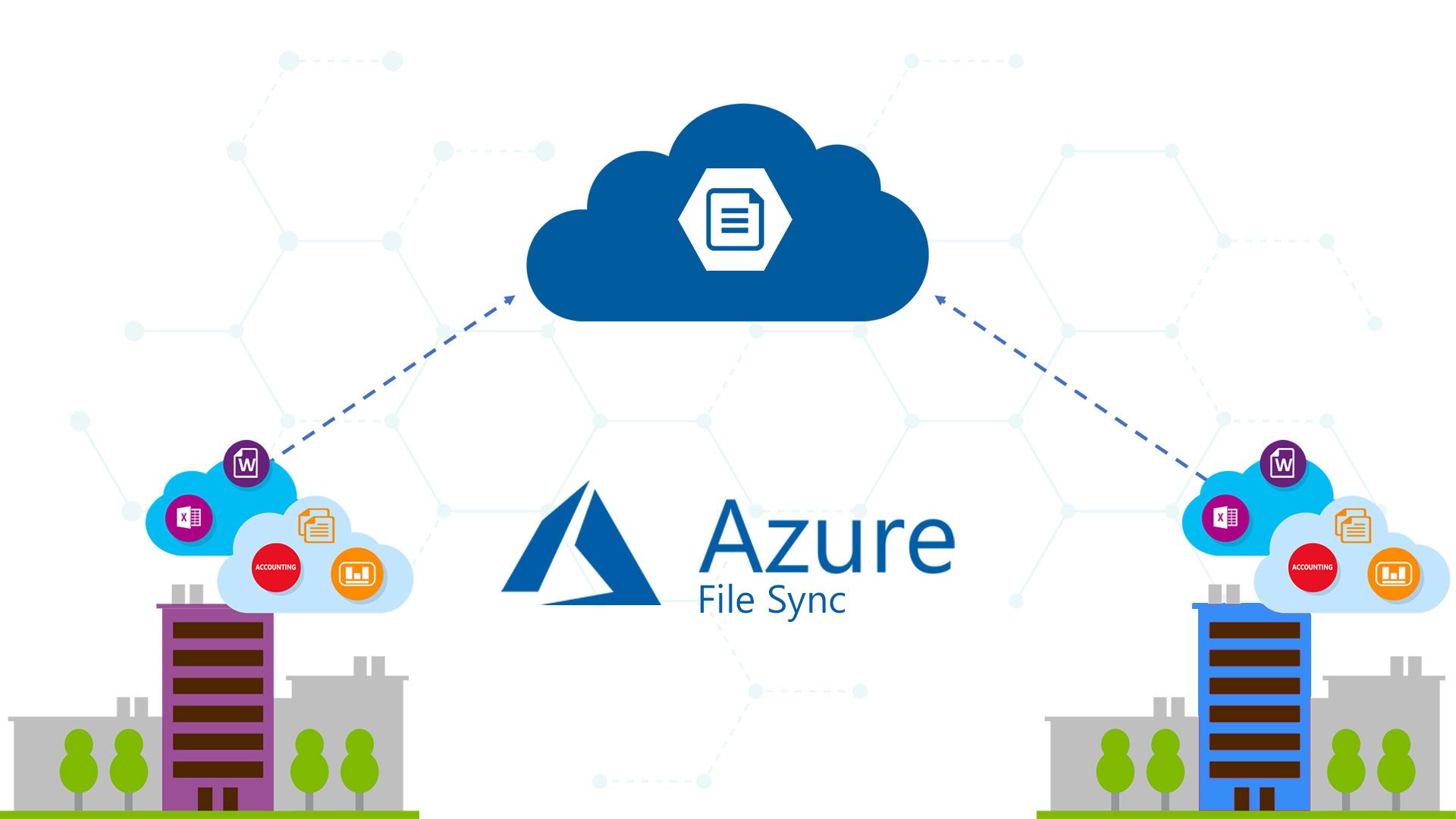Understanding Azure File Storage: An Overview
Azure File Storage is a fully managed file share service in Microsoft Azure, providing a simple and secure way to store and access files from anywhere. It offers a wide range of features, including support for the Standard SMB protocol, file sharing across multiple clients, and seamless integration with Azure services. The cost aspect of Azure File Storage is an essential consideration for businesses and developers, as it directly impacts the overall expense of maintaining and scaling applications in the Azure cloud.
Factors Influencing Azure File Storage Costs
Azure File Storage costs are determined by several factors, including storage capacity, data transfers, and transaction costs. Understanding these factors is crucial for optimizing costs and ensuring a cost-effective solution for your business. Here’s a detailed breakdown of each factor:
Storage Capacity
The primary factor influencing the cost of Azure File Storage is the amount of storage capacity you consume. Azure File Storage offers various storage tiers, such as Premium, Standard, and Cool, each with different pricing models based on capacity. Choosing the right storage tier based on your data access frequency and performance requirements can help you save on costs.
Data Transfers
Data transfers, both ingress (incoming) and egress (outgoing), can impact the overall cost of Azure File Storage. While Azure does not charge for ingress data transfers, egress data transfers are billed based on the amount of data transferred out of Azure. To minimize data transfer costs, consider strategies such as data compression, caching, and locating your applications closer to your data.
Transaction Costs
Transaction costs, which include operations like file creation, deletion, and modification, can also contribute to the overall cost of Azure File Storage. To optimize transaction costs, consider implementing best practices such as batching operations, using large file sizes, and minimizing the number of files and directories in your storage account.
Optimizing Costs
To optimize Azure File Storage costs, consider the following best practices:
- Regularly monitor and analyze your storage usage and costs.
- Implement lifecycle management policies to automatically move or delete older, less frequently accessed data.
- Take advantage of Azure’s cost-saving programs, such as Azure Reservations and Azure Hybrid Benefit.
- Consider using Azure Archive Storage for long-term data retention at a lower cost.
Comparing Azure File Storage Pricing Models
Azure File Storage offers several pricing models, each with unique cost structures and benefits. Understanding these models can help you choose the best option for your specific needs and optimize costs. Here’s a comparison of the most common pricing models:
LRS (Locally Redundant Storage)
LRS replicates your data within a single region, providing high availability and durability at a lower cost. It is best suited for scenarios where data loss within a single region is acceptable.
ZRS (Zone-Redundant Storage)
ZRS replicates your data across multiple availability zones within a single region, offering higher durability than LRS. ZRS is ideal for applications requiring higher availability and durability than LRS but do not need global access.
GRS (Geo-Redundant Storage)
GRS replicates your data across two regions, ensuring data durability and availability even in the event of a regional outage. GRS is recommended for applications requiring global access and high durability.
RA-GRS (Read-Access Geo-Redundant Storage)
RA-GRS offers the same geo-redundancy as GRS but also provides read access to the secondary region. This model is suitable for applications requiring global access and read access to secondary data for backup, disaster recovery, or development purposes.
Choosing the Right Pricing Model
When selecting a pricing model, consider the following factors:
- Data access frequency and performance requirements.
- Data durability and availability needs.
- Global access requirements.
- Budget constraints.
By carefully evaluating these factors, you can choose the most cost-effective pricing model for your specific use case.
How to Estimate Azure File Storage Costs: Step-by-Step Guide
To help you plan and budget for your Azure File Storage needs, Microsoft provides the Azure Pricing Calculator and the Azure Storage Pricing page. These resources enable you to estimate costs accurately and make informed decisions. Here’s a step-by-step guide on how to use these tools:
Using the Azure Pricing Calculator
- Visit the Azure Pricing Calculator page.
- Click on Add items and search for Azure File Storage.
- Select the desired storage tier (Premium, Standard, or Cool) and region.
- Enter the estimated storage capacity, data transfers, and transaction costs based on your requirements.
- Review the estimated monthly costs and make adjustments as needed.
- Save or share the estimate for future reference.
Using the Azure Storage Pricing Page
- Visit the Azure Storage Pricing page.
- Locate the section for the desired storage tier (Premium, Standard, or Cool).
- Review the pricing details for storage capacity, data transfers, and transactions.
- Calculate the estimated costs based on your specific requirements.
- Integration with Azure services and ecosystem, reducing the need for additional tools and services.
- Easy scalability, allowing you to pay only for the storage you need and grow as your needs change.
- Lifecycle management policies, enabling you to automatically move data between hot and cool tiers to optimize costs.
- Azure Reservation Discounts, providing up to 72% off storage costs for long-term commitments.
By using these tools, you can effectively estimate Azure File Storage costs and make informed decisions about your storage needs.
Real-World Azure File Storage Cost Examples
To help you better understand the potential costs and savings associated with Azure File Storage, here are some real-world examples for various scenarios:
Small-Scale Storage Needs
For a small-scale project requiring 1 TB of Standard storage, 10 million transactions, and 10 TB of data transfers, the estimated monthly cost would be approximately $120 (excluding taxes and additional features). By implementing lifecycle management policies and optimizing data access patterns, you could potentially reduce costs by 20%.
Medium-Scale Storage Needs
For a medium-scale project requiring 10 TB of Premium storage, 100 million transactions, and 50 TB of data transfers, the estimated monthly cost would be around $5,000 (excluding taxes and additional features). By using reserved capacity and optimizing storage tiers, you could save up to 30% on costs.
Large-Scale Storage Needs
For a large-scale project requiring 100 TB of Cool storage, 500 million transactions, and 200 TB of data transfers, the estimated monthly cost would be approximately $20,000 (excluding taxes and additional features). By leveraging Azure’s cost-saving programs, such as Azure Hybrid Benefit and spot instances, you could save up to 40% on costs.
These examples demonstrate the importance of understanding your specific storage needs and implementing cost-optimization strategies to reduce Azure File Storage costs.
Optimizing Azure File Storage Costs: Best Practices
To help you reduce Azure File Storage costs and maximize your budget, consider implementing the following best practices:
1. Use Lifecycle Management Policies
Lifecycle management policies enable you to automatically transition or delete files based on age, access frequency, or other criteria. By implementing these policies, you can optimize storage costs and ensure that you’re not paying for unused or infrequently accessed data.
2. Monitor Usage
Regularly monitor your storage usage and costs to identify trends, spikes, or areas for improvement. Azure Cost Management and Billing provides detailed usage reports and alerts to help you stay informed and in control of your storage costs.
3. Choose the Appropriate Storage Tier
Selecting the right storage tier for your data can significantly impact your costs. Use the Premium tier for high-performance, low-latency workloads, Standard for general-purpose storage, and Cool for infrequently accessed data. Periodically review and adjust your storage tier assignments to optimize costs.
4. Leverage Azure’s Cost-Saving Programs
Take advantage of Azure’s cost-saving programs, such as Azure Reservations, Azure Hybrid Benefit, and spot instances, to reduce your storage costs. These programs offer discounted rates and flexible pricing models for long-term commitments and hybrid cloud scenarios.
5. Optimize Data Access Patterns
Design your applications to minimize data transfers and optimize data access patterns. Implement data caching, data compression, and data deduplication techniques to reduce the amount of data transferred and stored, thereby lowering your costs.
6. Regularly Review and Adjust
Periodically review your storage costs, usage patterns, and cost-optimization strategies to ensure they remain effective and up-to-date. Make adjustments as needed to stay within budget and maximize your Azure File Storage investment.
Monitoring and Controlling Azure File Storage Costs
To effectively manage and optimize your Azure File Storage costs, it’s essential to utilize the monitoring and controlling tools provided by Azure. Here’s how to use these tools to stay within budget and optimize costs:
1. Azure Cost Management and Billing
Azure Cost Management and Billing provides detailed usage reports, budget tracking, and cost analysis features. Use these tools to monitor your storage costs, set budget alerts, and identify trends or anomalies. This information can help you make informed decisions and take action to reduce costs.
2. Azure Advisor
Azure Advisor is a personalized cloud consultant that helps you optimize your Azure resources. It analyzes your usage patterns and provides recommendations on cost optimization, security, performance, and high availability. By following its suggestions, you can potentially reduce your storage costs and improve overall efficiency.
3. Azure Monitor
Azure Monitor collects, analyzes, and acts on telemetry from your Azure resources, including Azure File Storage. Use Azure Monitor to track performance metrics, set up alerts, and diagnose issues. By monitoring your storage performance and usage, you can identify areas for improvement and implement cost-saving strategies.
4. Implement Cost-Control Measures
Based on your monitoring and analysis, take action to control and reduce your Azure File Storage costs. This may include resizing storage accounts, adjusting access tiers, implementing lifecycle management policies, or shutting down unused resources.
5. Regularly Review and Adjust
Periodically review your storage costs, usage patterns, and cost-control measures to ensure they remain effective and up-to-date. Make adjustments as needed to stay within budget and maximize your Azure File Storage investment.
Azure File Storage Cost: Comparing with Competitors
When considering a cloud storage solution, evaluating costs is crucial. Here, we compare the cost of Azure File Storage with its competitors, highlighting the unique features and cost advantages that make Azure a competitive and cost-effective choice.
Azure File Storage vs. Amazon S3
Amazon S3 offers various storage classes, each with different costs and features. However, Azure File Storage provides a more straightforward pricing model, with a single storage tier for hot data and a lower-cost tier for cool data. This simplicity can make it easier to estimate and manage costs.
Azure File Storage vs. Google Cloud Storage
Google Cloud Storage offers several storage classes, but Azure File Storage’s pricing model is generally more cost-effective for hot data. Azure also provides a lower-cost cool storage tier, making it a more attractive option for infrequently accessed data.
Azure File Storage vs. IBM Cloud Storage
IBM Cloud Storage offers various storage classes, but Azure File Storage’s pricing model is more transparent and easier to understand. Azure also provides a wider range of features and services, making it a more versatile and cost-effective solution for many use cases.
Unique Features and Cost Advantages
Azure File Storage offers several unique features and cost advantages, including:
By considering these factors and comparing costs, you can determine that Azure File Storage is a competitive and cost-effective solution for your cloud storage needs.

